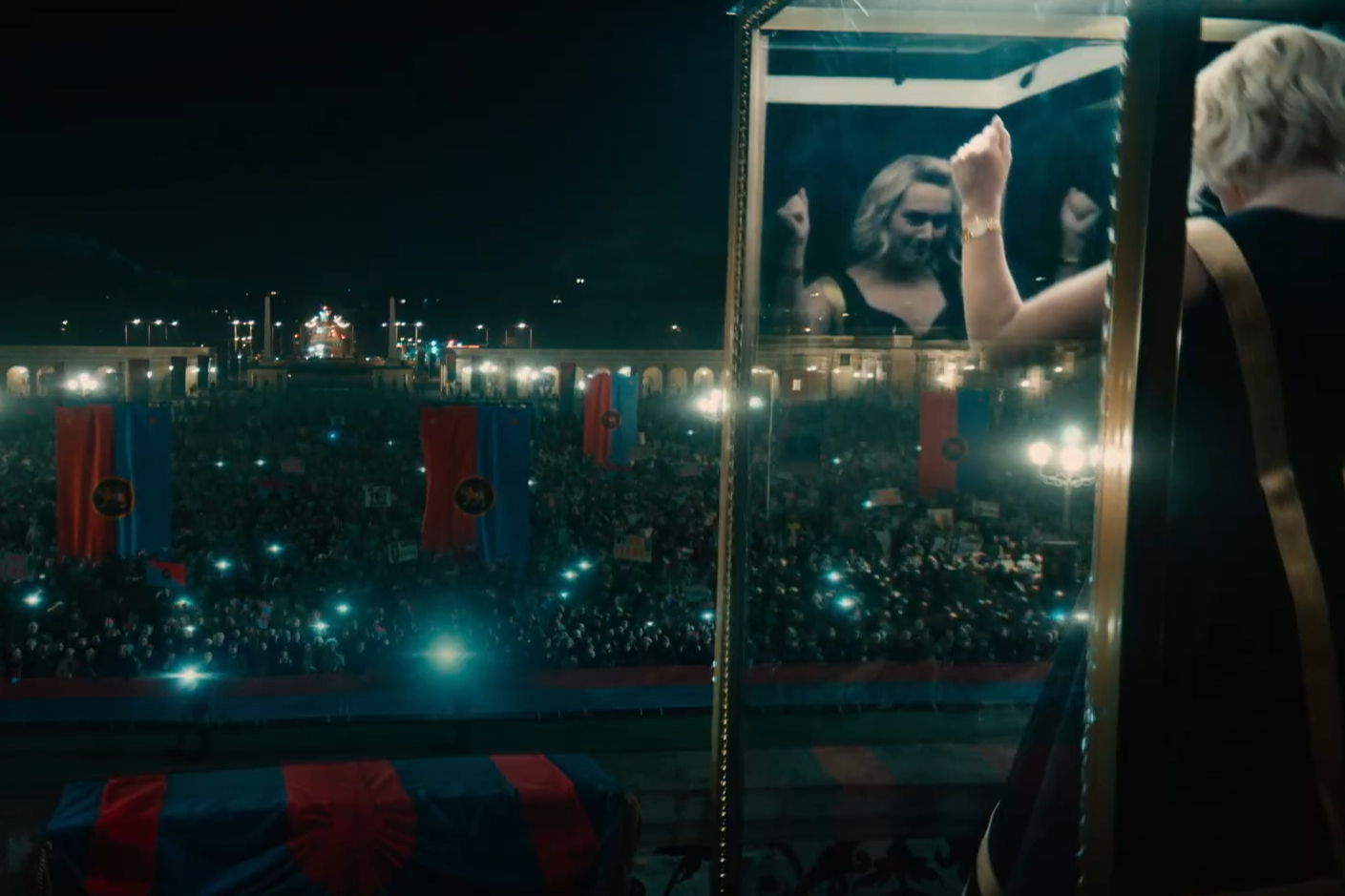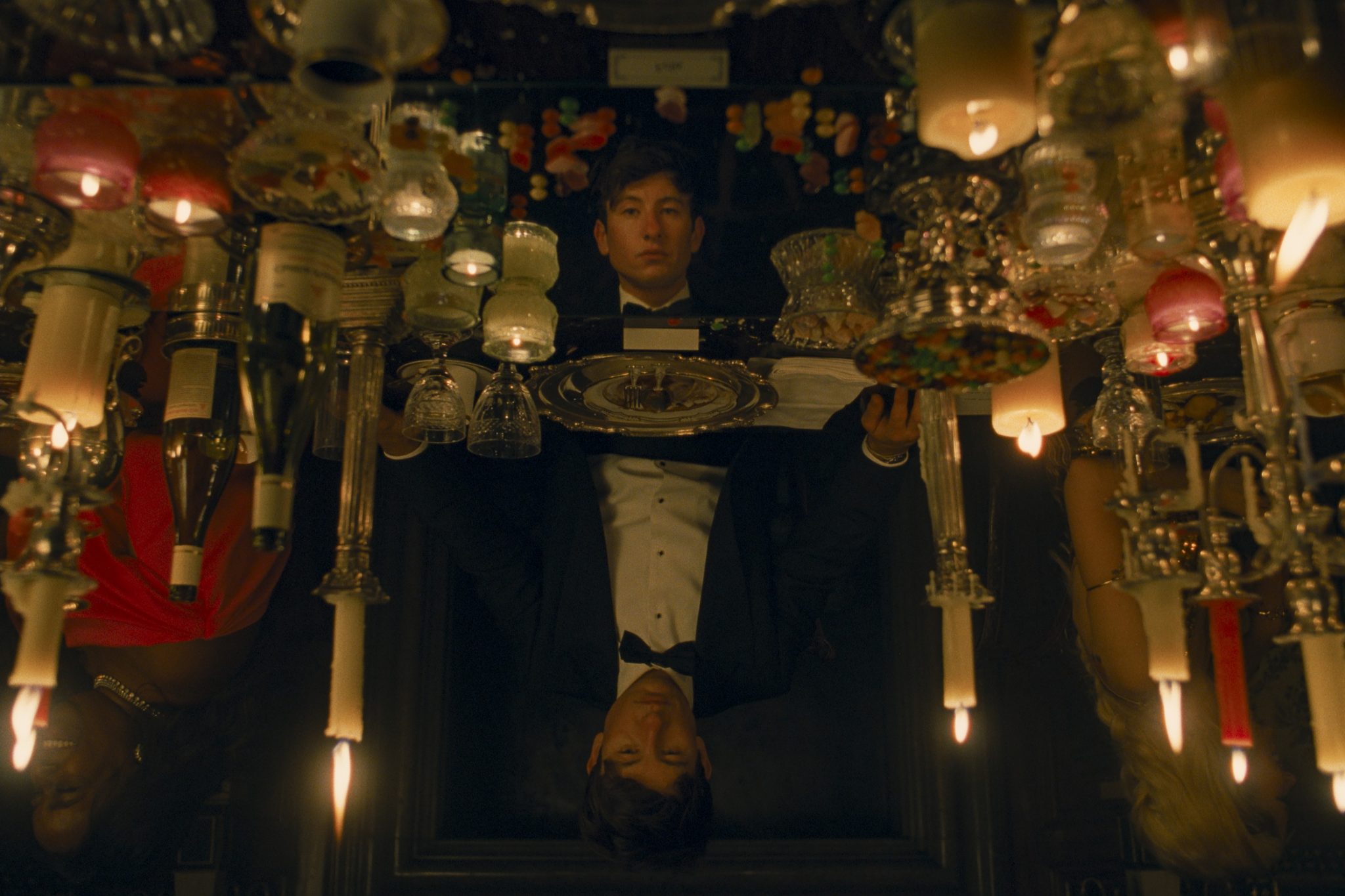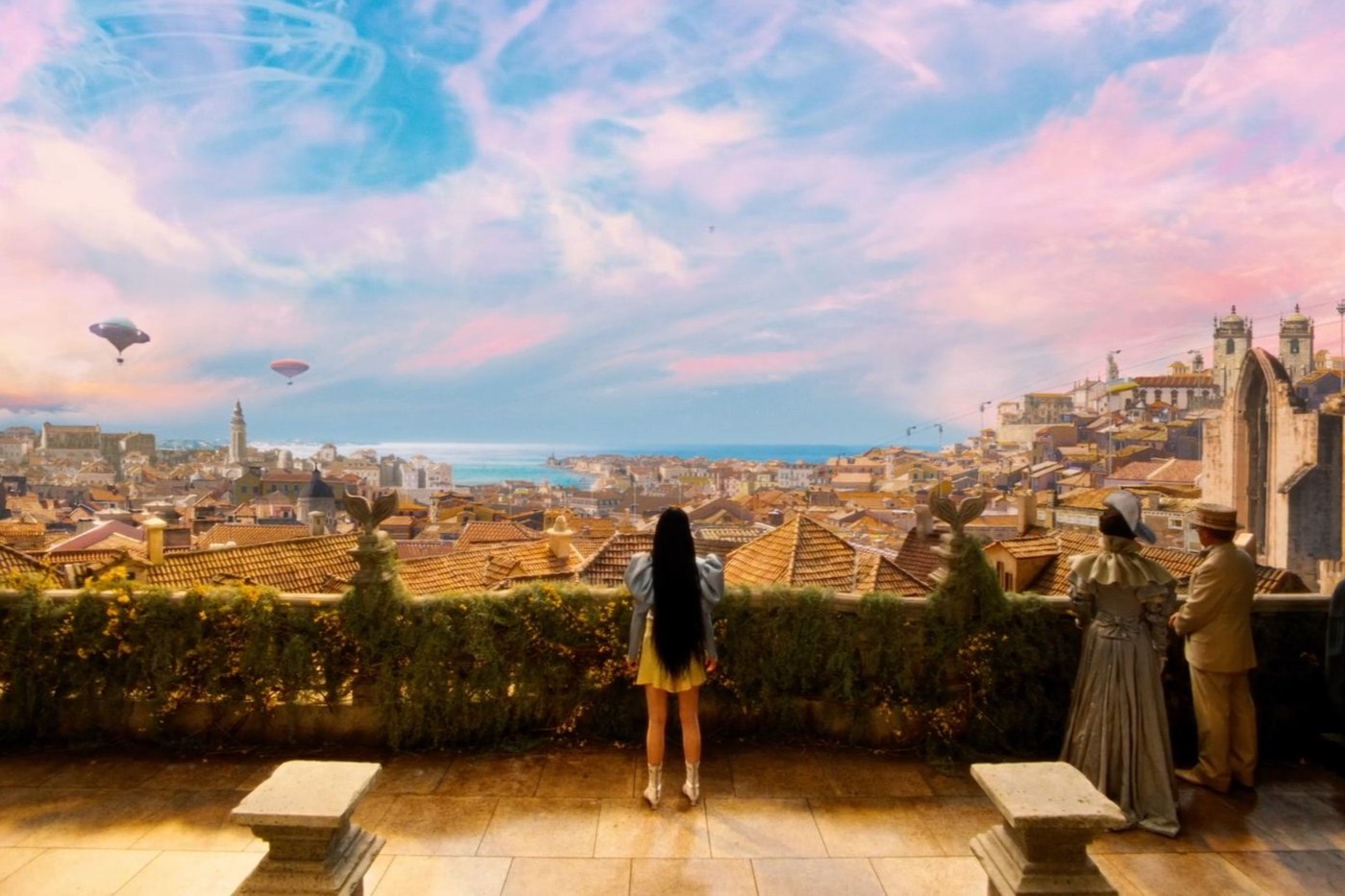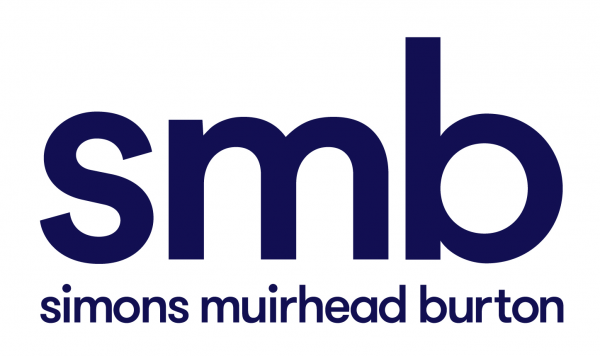Union’s team delivered invisible effects to help tell the story of the most famous archaeological dig in modern British history – the discovery of the Anglo-Saxon burial ship at Sutton Hoo in 1939.
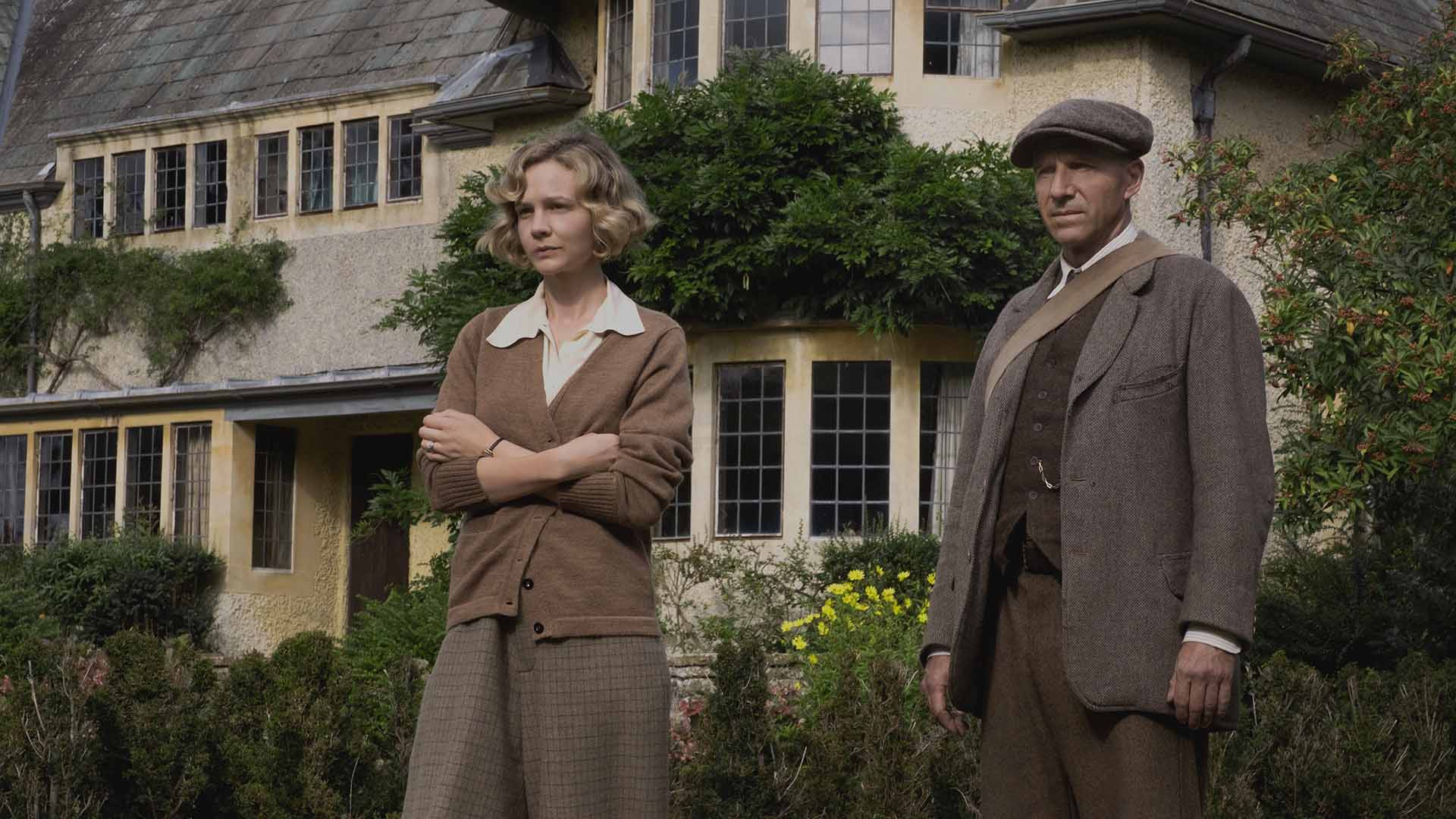
Directed by Simon Stone, The Dig is an adaptation of John Preston’s book of the same name and tells the story of the most famous archaeological dig in modern British history – the discovery of the Anglo-Saxon burial ship at Sutton Hoo in 1939, known as “Britain’s Tutankhamun.”
Ralph Fiennes stars as self-taught archaeologist Basil Brown who is employed by Carey Mulligan’s Edith Pretty to investigate the burial mounds on her land. Union’s involvement in the project was mainly delivering invisible effects that help to tell the story of the discovery.
Union took care of rotoscoping and grading nearly every mound in each shot to ensure they bedded seamlessly into the environment throughout the film, muting the almost straw-coloured fields.
The team reconstructed the excavation mounds in 3D, projecting the textures from the footage to capture all the detail. They then fractured the geometry into slabs of earth and simulated these as rigid bodies in Houdini. Millions of particles were then added to form the smaller debris and dirt as the earth crumbles and cascades over Fiennes’ character. Some smaller grain simulations were also used as the ground collapse settles in the final shot.
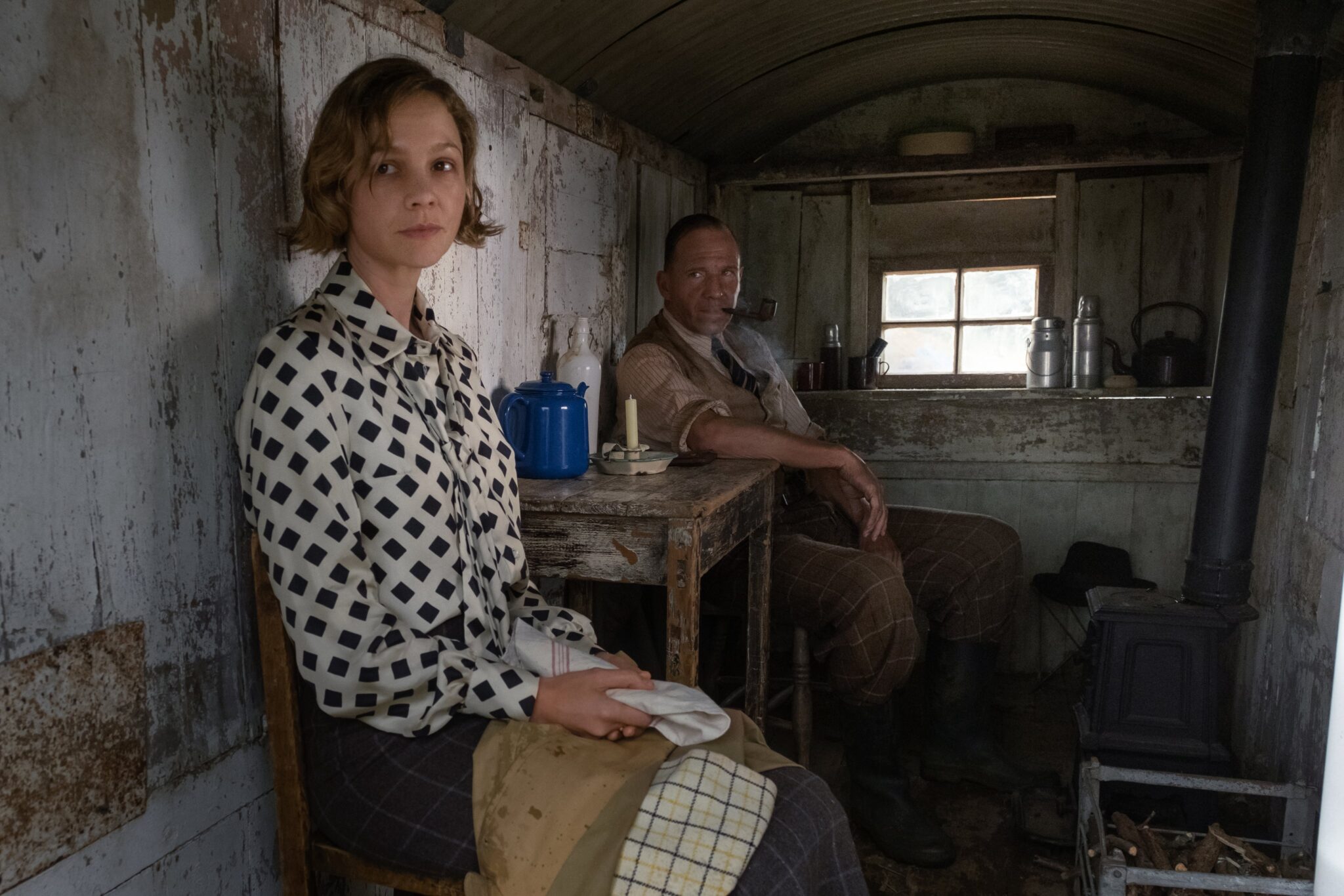
Pictured: Carey Mulligan as Edith Pretty & Ralph Fiennes as Basil Brown in The Dig. Cr. Larry Horricks/Netflix © 2021 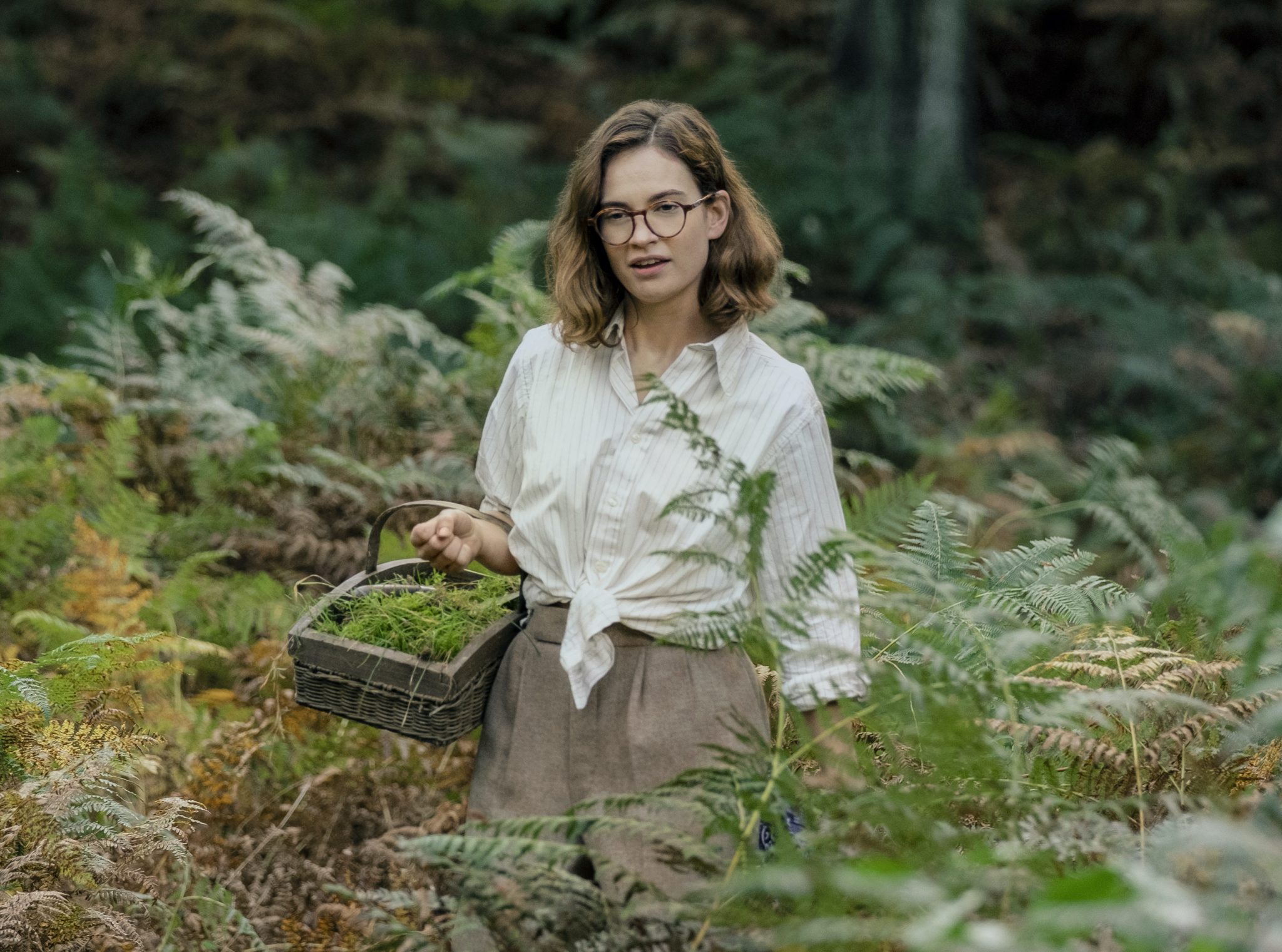
Pictured: Lily James as Peggy Preston in The Dig. Cr. Larry Horricks/Netflix © 2021 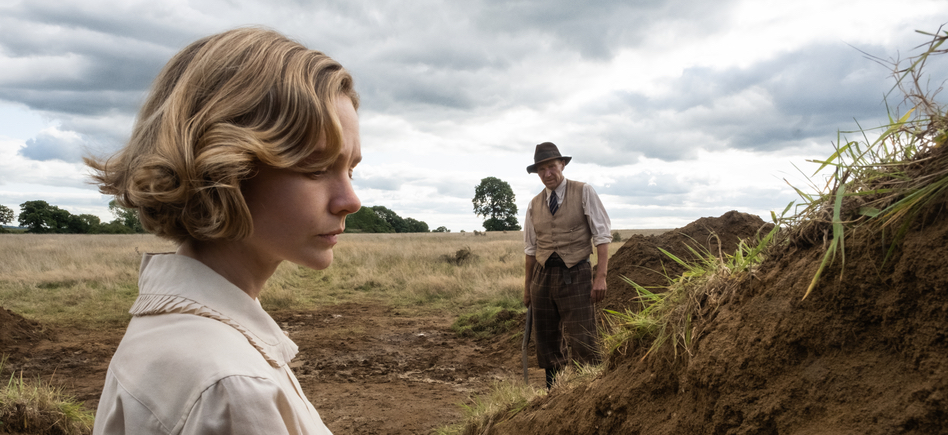
Pictured: Carey Mulligan as Edith Pretty & Ralph Fiennes as Basil Brown in The Dig. Cr. Larry Horricks/Netflix © 2021
The story starts just before the declaration of war in 1939 when many were being conscripted and the military was mobilising. This is represented in numerous ways throughout the film, including the increasing presence of military aircraft squadrons overhead. In one scene an aircraft loses it’s engines and crashes near Sutton Hoo, skimming the nearby trees before hitting the river.
The production managed had a real plane to fly low enough to look convincing, but Union took over removing the propellers and adding CG ones that were almost static – only moving slowly due to wind. The Union team then extended the tree line slightly higher and added an FX pass of leaves and branches being thrown from the tree as the plane clips it.
For the wider shots Union used their CG spitfire model, based on the Hawker Hurricane which was active during the late 1930s/early 1940s, as its distinctive black and white paint job on the underside of the plane made it easily identifiable as a friendly aircraft from the ground. Union then worked on animating a squadron of these planes flying overhead in several scenes.
“One of the biggest challenges on the show was creating the surface bubbles where the plane had submerged. Mike Eley’s photography was so beautiful and natural it made it very daunting to stick CG water inches from the camera, but we began developing and testing solutions quite early on that gave us some very promising results. Ultimately, we were able to deliver photorealistic, dynamic water that fit the tone and style of the film perfectly.”
James Etherington-Sparks, VFX Supervisor
The team simulated and rendered bubbles in Houdini with turbulent forces to model the escaping air bubbling up to the surface. The lighting was set up to match the background plate and AOVs were added for areas of churn and vorticity to give extra control over the look of the whitewater in the comp.
Below the surface, Union used particle systems and more fluid volumes to drive the behaviour of the bubbles as they swirled around the fuselage of the plane. These were then meshed together, rendered in Houdini and combined with elements in comp.
Other work included employing split screens when the young Archie Barnes character is nearly knocked off his bike by a van as he follows Ralph Fiennes’ Basil on his bike to try and persuade him to return.
The Union team also took care of the period clean-up and bluescreen work, including the scene where Edith visits the doctor and is seen by the camera from the outside through a window, and then followed as she descends downstairs and exits at ground level. Union were unable to gain access to the interior of the location, which was shot against a blue screen as the camera tracked seamlessly.
VFX Supervisor James Etherington-Sparks added that working with Simon Stone was “ a great experience”, because of his “real passion and enthusiasm for what he does, that is infectious.”
View Union VFX’s breakdown reel below:
Audiences can watch The Dig now on Netflix.
Find out more about Union at unionvfx.com






